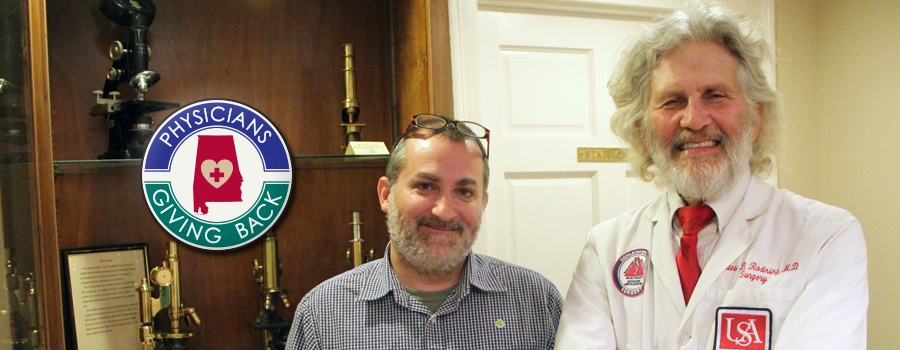Month: May 2017
-

Haleyville Physician Installed as President for 2017-2018
MONTGOMERY – Boyde Jerome “Jerry” Harrison, a family practitioner from Haleyville, was formally installed as president of the Medical Association of the State of Alabama during the 2017 Inauguration, Awards Presentation and 50-Year Physician Recognition Dinner last month. “From the time I was a boy, my mother wanted me to get an education, so she…
-

“WannaCry” Ransomware Holds True to its Name
This week, countries around the world faced an unprecedented cyber security attack. On May 12, 2017, the Critical Infrastructure Protection Lead for the Department of Health and Human Services Laura Wolfe first reported it as a “significant security issue.” Hours later, the Department of Homeland Security’s Computer Emergency Readiness Team warned the public of a…
-

Public Restrooms Become Ground Zero in the Opioid Epidemic
A man named Eddie threaded through the midafternoon crowd in Cambridge, Mass. He was headed for a sandwich shop, the first stop on a tour of public bathrooms. “I know all the bathrooms that I can and can’t get high in,” said Eddie, 39, pausing in front of the shop’s plate-glass windows, through which we…
-

-

Questions about Your MIPS Participation Status?
UPDATED MAY 18, 2017 — The Centers for Medicare & Medicaid Services announced all physicians required to participate in the Merit-based Incentive Payment System will receive notification of their participation status by the end of May. With the program already underway, status letters are considered by many to be long overdue. CMS recently sent letters to…